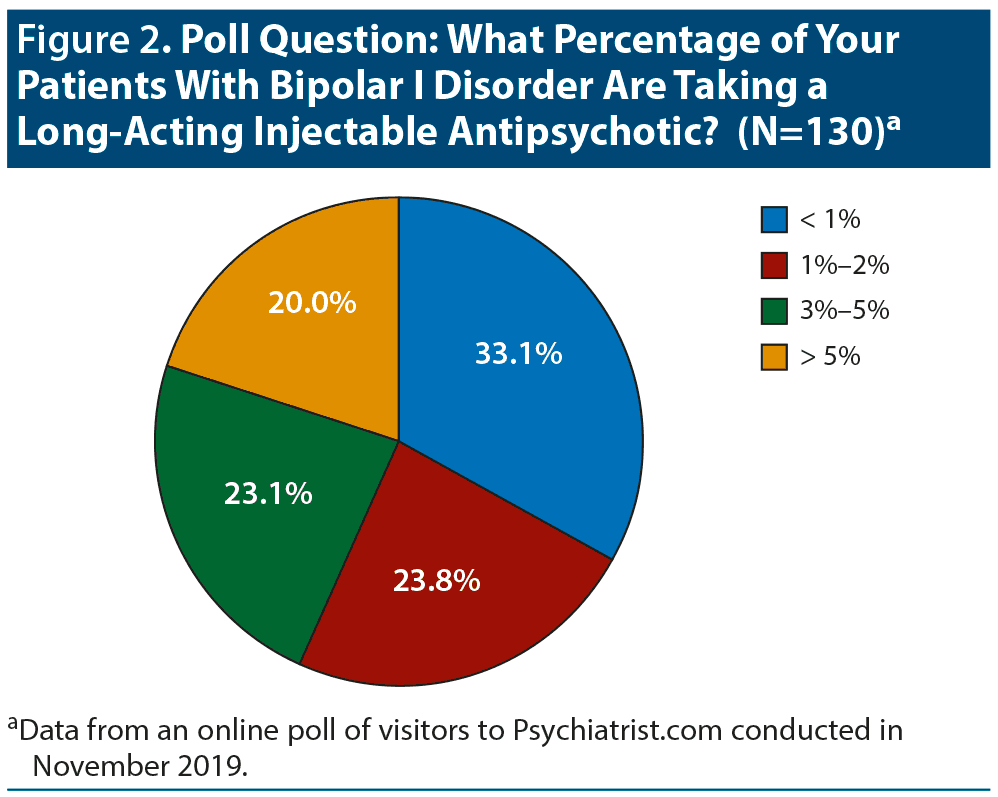Find more articles on this and other psychiatry and CNS topics:
The Journal of Clinical Psychiatry
The Primary Care Companion for CNS Disorders
Article Abstract
On the basis of the National Comorbidity Survey Replication (NCS-R), it is estimated that bipolar I and II disorders may affect nearly 3% of the population (i.e., 5.7 million Americans), with the prevalence of subthreshold but still impairing bipolar presentations estimated to be even higher. Bipolar disorder is associated with significant functional impairment and elevated health care costs. Although unipolar depression appears to be over 6 times as prevalent as bipolar disorder, NCS-R data found that the costs of bipolar disorder to the U.S. workplace, estimated at $14.1 billion annually, were almost half the cost of lost productivity associated with unipolar depression.
This PDF is free for all visitors!



